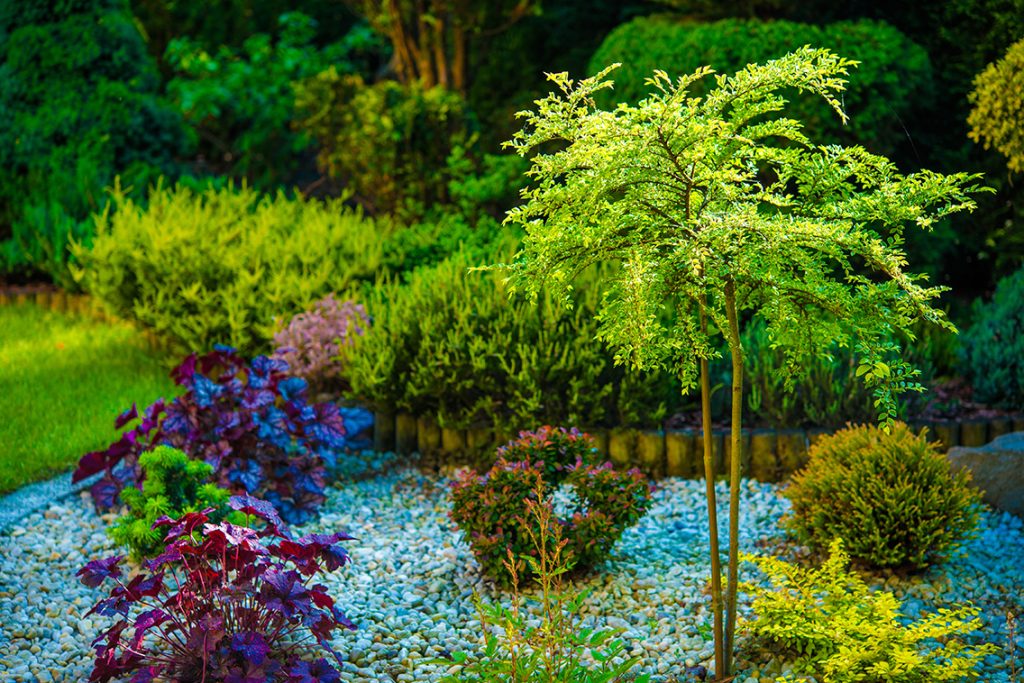Landscaping is a great way to beautify your yard and garden. It can be an enjoyable hobby for people of all ages, including children, teens, and adults. Landscaping is also a fun way to spend time with your family or friends while getting fresh air and exercising outdoors. It also can help protect you from the elements by slowing down water and wind damage. If you want to avoid costly repairs in your home, consider these ways landscaping can protect your property:
Create windbreaks to protect your home from strong gusts.
To help protect your plants and home from strong gusts, you can use what’s called a windbreak. A windbreak is made up of tall, dense shrubs and trees that are planted in a row around the perimeter of your property. Windbreaks help break up the wind so it’s not as strong when it reaches your home or garden. The most effective types of trees for this purpose are those with broad foliage like oaks, maples, and cedars.
Plants with large surface areas also make great windbreaks because they have more leaves or branches to break up the force of the wind. They also soak up moisture from rainstorms before it hits your house or garden. Some examples include rose bushes, lilac bushes, and hydrangea shrubs.
Plant ground cover to prevent water damage and soil erosion.
In addition to protecting your home from the elements, landscaping can also be used to prevent soil erosion. Ground cover is a great way to do this. Ground cover can be grasses, mosses, and other plants that grow close to the ground. It helps to hold the soil together in windy or rainy conditions. By planting more of these types of plants in your yard, you’ll have a greater chance of preventing water damage when it rains or snows.
If you’re looking to protect your home from the elements, it’s important to consider the water runoff patterns of your property. The shape and slope of your yard will affect how water flows off it, so it’s important to keep in mind how this affects flooding and erosion. Sloped areas can cause water to pool which may lead to erosion, while flat areas can cause runoff that becomes more powerful and causes damage as a result. By using landscaping techniques like drainage systems or retaining ponds on sloped areas of land, you can reduce the likelihood of flooding and erosion occurring in those areas where they might be more likely if left unaddressed.
Planting shrubs around the foundation of your home can help protect it from water damage and erosion. When planted correctly, shrubs can absorb water and reduce runoff, thus keeping your home safe from flooding.
Planting trees can provide shade from summer heat.
Planting trees is a great way to cool your house when the temperatures get too high, especially if you live in an area that does not have air conditioning. Trees also create a windbreak for your house, which can help keep it cool in the summer and warm in the winter by keeping cold air away from your home.
Using landscaping wisely can protect your property from the elements.
While it might seem like a no-brainer, using landscaping wisely can slow water damage or soil erosion that causes floods or basement leaks. It can also protect against wind damage from severe storms.
It’s a common misconception that plants must be planted in the ground to do their job. In fact, many types of plants will thrive on a patio or balcony as long as they have access to sunlight, regular watering, and adequate drainage. These include conifers such as pines and cedars, which are known for their ability to withstand high winds; deciduous shrubs such as rhododendrons and lilacs; vines like ivy; herbs such as thyme and mint; flowering annuals such as petunias; and even vegetables like tomatoes!
Landscaping is a great way to protect your home from the outside elements. There are several things that you can do to make sure that the outside of your home is safe from harm and still looks beautiful.

